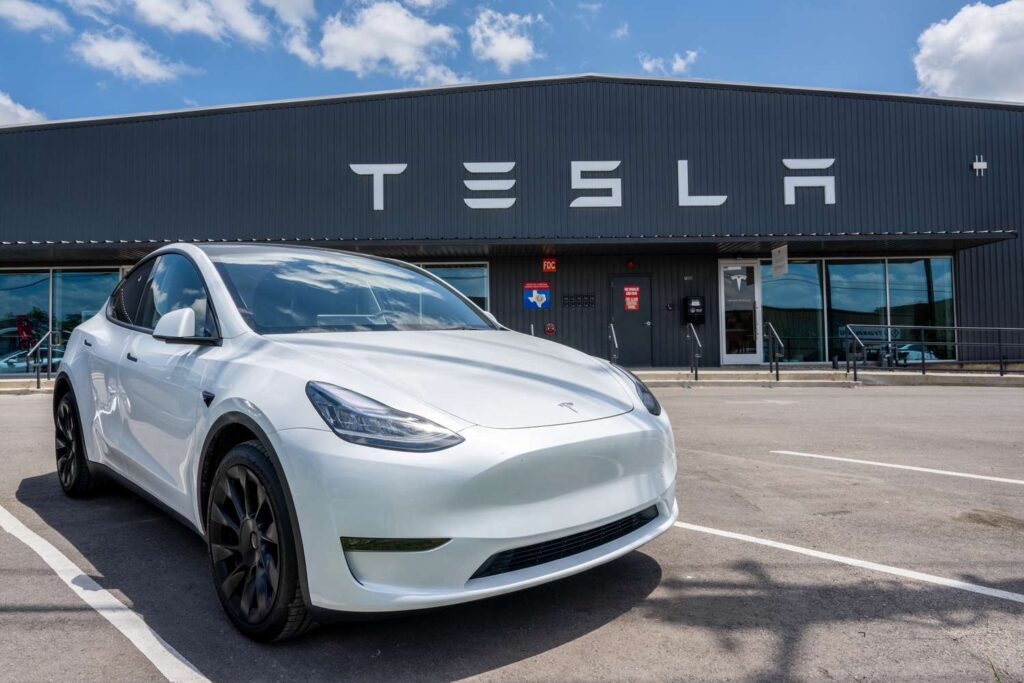Introduction to Tesla’s Battery Technology
Tesla has revolutionized the automotive industry with its advanced electric vehicles (EVs), and at the heart of this innovation is its cutting-edge battery technology. From the inception of its first Roadster to the latest Model S, Model X, Model 3, and Model Y, Tesla has continuously pushed the boundaries of battery performance, efficiency, and sustainability. This article delves into the intricacies of Tesla’s battery technology, exploring its evolution, current advancements, and future prospects.
The Evolution of Tesla’s Battery Technology
Tesla’s journey in battery technology began with the use of lithium-ion batteries. These batteries, initially sourced from external suppliers, were adapted from consumer electronics. The original Tesla Roadster, introduced in 2008, utilized thousands of small, cylindrical lithium-ion cells to achieve unprecedented range and performance for an electric vehicle at that time.
Recognizing the limitations of existing battery technology, Tesla invested heavily in research and development to improve energy density, longevity, and cost-effectiveness. The partnership with Panasonic marked a significant milestone, leading to the development of custom-designed cells tailored for automotive applications. This collaboration culminated in the introduction of the 18650 cells in the Model S and Model X, which offered enhanced energy capacity and thermal management.
Advancements in Battery Cells: From 18650 to 2170
In 2017, Tesla introduced the 2170 cell in the Model 3, a major leap forward in battery technology. The 2170 cell, developed in collaboration with Panasonic, features a larger form factor (21mm diameter and 70mm height) compared to the 18650 cells (18mm diameter and 65mm height). This new cell design offers several advantages:
- Increased Energy Density: The 2170 cells provide higher energy density, meaning more energy can be stored in the same amount of space. This translates to longer driving ranges and improved efficiency.
- Improved Thermal Management: The larger cells allow for better heat dissipation, reducing the risk of overheating and enhancing overall battery longevity.
- Cost Efficiency: The 2170 cells are more cost-effective to produce, contributing to the reduction in the overall cost of Tesla vehicles.
The transition to the 2170 cells marked a significant advancement in Tesla’s battery technology, enabling the company to offer electric vehicles with longer ranges and better performance at more competitive prices.
The Role of the Gigafactory
A crucial element of Tesla’s battery strategy is its Gigafactories. These massive production facilities, located in various parts of the world, are designed to produce battery cells at an unprecedented scale. The first Gigafactory, located in Nevada, USA, was established in partnership with Panasonic and plays a pivotal role in Tesla’s battery production.
The Gigafactories are not only focused on producing batteries but also on innovating manufacturing processes to improve efficiency and reduce costs. By producing batteries in-house, Tesla gains greater control over the supply chain, quality, and innovation. This vertical integration allows Tesla to rapidly iterate on battery technology and meet the growing demand for its electric vehicles.
Current Battery Technology: The 4680 Cell
In 2020, Tesla unveiled its latest breakthrough in battery technology: the 4680 cell. This new cell, named for its dimensions (46mm diameter and 80mm height), represents a substantial improvement over previous designs. The 4680 cell offers numerous benefits:
- Higher Energy Density: The 4680 cells have a significantly higher energy density, allowing for longer driving ranges and improved vehicle performance.
- Structural Integration: Tesla plans to integrate the 4680 cells into the vehicle’s structural battery pack, enhancing rigidity and reducing overall vehicle weight.
- Reduced Production Costs: The new cell design simplifies manufacturing processes and reduces costs, making Tesla vehicles more affordable.
- Sustainability: Tesla is committed to sustainable production practices, and the 4680 cells are designed with environmentally friendly materials and processes.
The introduction of the 4680 cell signifies Tesla’s continuous commitment to innovation and its goal of accelerating the world’s transition to sustainable energy.
Battery Management and Software Integration
Tesla’s battery technology is not just about the physical cells but also about the sophisticated battery management system (BMS) and software integration. The BMS ensures optimal performance, safety, and longevity of the battery pack by monitoring and managing factors such as temperature, state of charge, and health of each cell.
Tesla’s over-the-air software updates allow for continuous improvement of battery performance and efficiency. These updates can include enhancements to charging algorithms, thermal management, and overall energy management, ensuring that Tesla vehicles remain at the forefront of battery technology.
Future Prospects: Solid-State Batteries and Beyond
Looking ahead, Tesla is exploring the potential of solid-state batteries, which promise to revolutionize the EV industry once again. Solid-state batteries replace the liquid electrolyte in traditional lithium-ion batteries with a solid electrolyte, offering several advantages:
- Higher Energy Density: Solid-state batteries can store more energy in the same amount of space, potentially doubling the range of electric vehicles.
- Improved Safety: The solid electrolyte is less prone to leakage and thermal runaway, reducing the risk of fires and enhancing overall safety.
- Faster Charging: Solid-state batteries can potentially achieve faster charging times, addressing one of the primary concerns of EV adoption.
While solid-state batteries are still in the research and development phase, their successful commercialization could mark the next significant leap in battery technology for Tesla and the entire EV industry.
Conclusion
Tesla’s advancements in battery technology have been instrumental in transforming the automotive industry and driving the adoption of electric vehicles. From the early days of the Roadster to the groundbreaking 4680 cells, Tesla has continuously pushed the boundaries of what is possible with battery technology. The company’s relentless pursuit of innovation, coupled with its strategic investments in Gigafactories and sustainable practices, positions Tesla at the forefront of the electric vehicle revolution.
As Tesla continues to explore new technologies like solid-state batteries, the future of electric mobility looks promising. Tesla’s commitment to improving battery performance, efficiency, and sustainability ensures that its vehicles will remain at the cutting edge of automotive technology for years to come.
